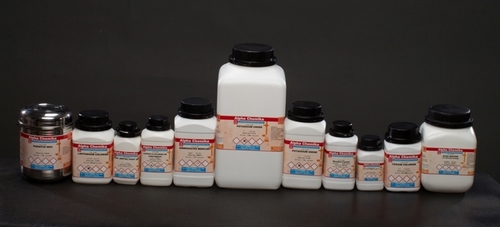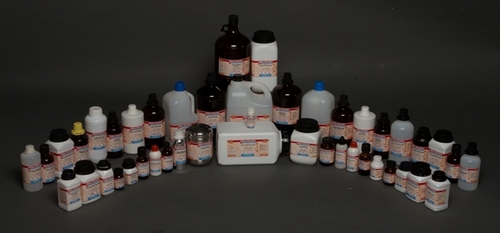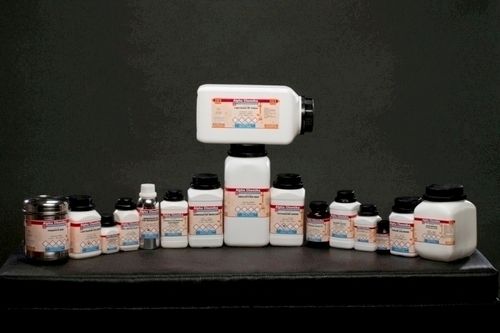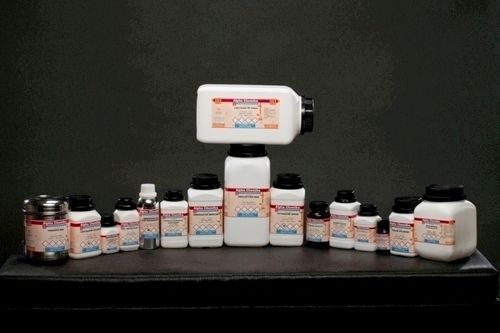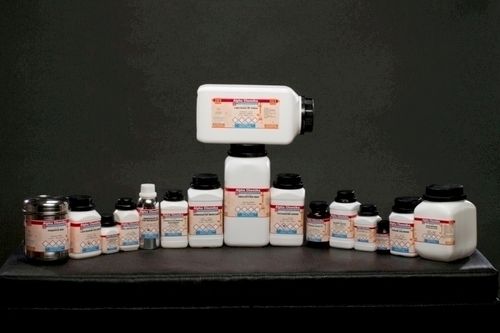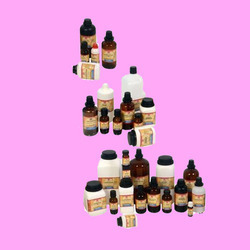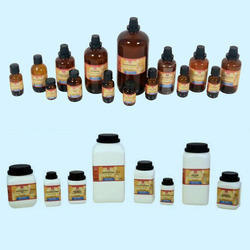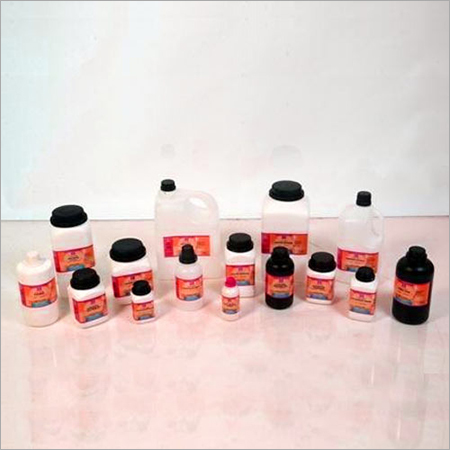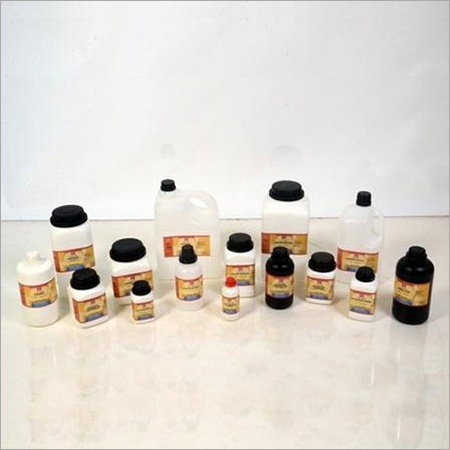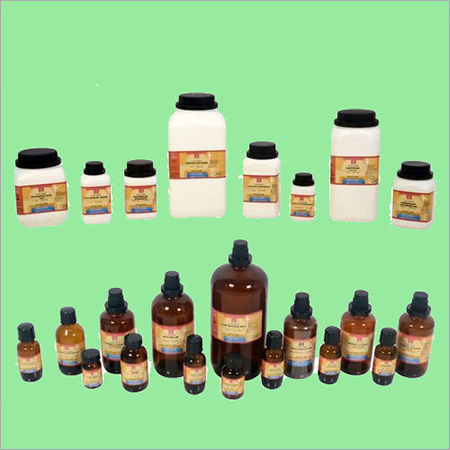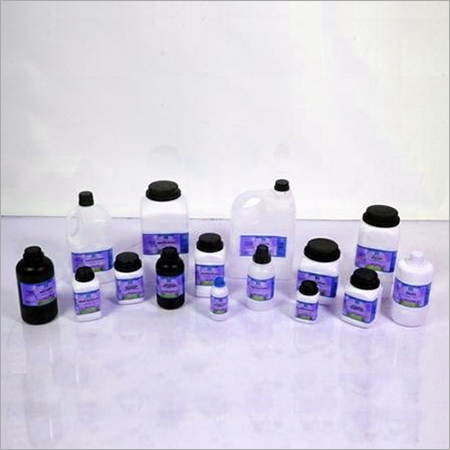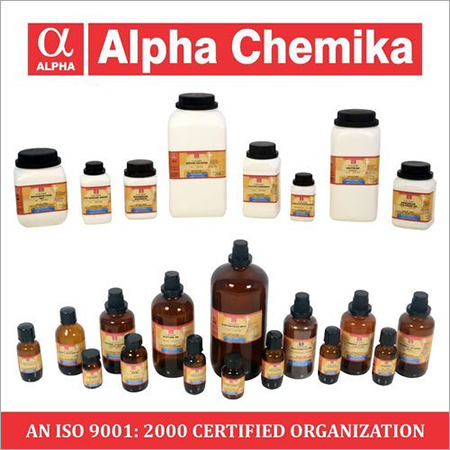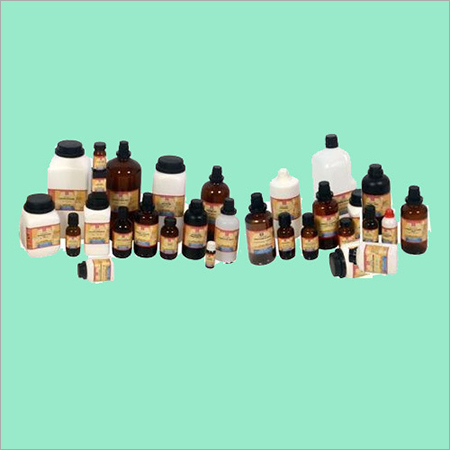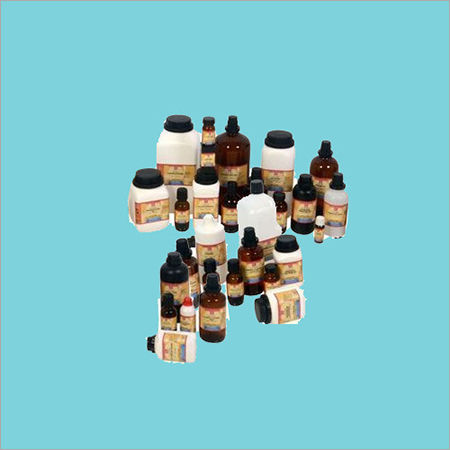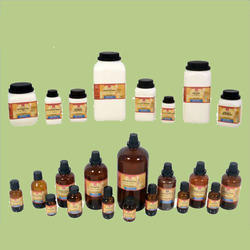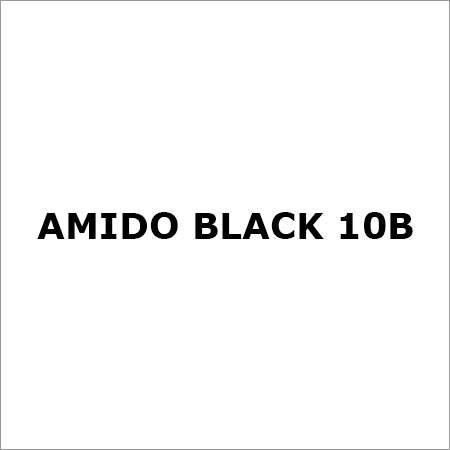Redox IndicatorsA redox indicator, also known as an oxidation-reduction indicator, are indicator compounds that exhibit color variation at varied values of potential difference and undergoes a definite change in hue at specific electrode potential. The equilibrium for simultaneous oxidation and reduction reactions should be established rather quickly, which is why fast and reversible color change is required in the first place, and also explains as to why only a selected few groups of redox systems can be used for the indication purpose. Redox indicators can be divided into two major categories : Metal Organic complexes (Phenanthroline) and True Organic Redox Systems (Methylene Blue).
1) A condition for being a true redoc indicator is that a compound must have a reduced and oxidized form with varying colors and the process has to be reversibility 2) Colored inorganic oxidants and reductants can not be called redox indicators because of the factor of irreversibility associated with their reaction mechanism. 3) The participation of proton in their electromechanical reaction is a defining characteristic of true organic redox systems 4) The change of color between the oxidized and reduced forms of the redox indicators is fully reversible, even though the shades of color may vary depending upon the electrostatic conditions and values of potential. |
AMIDO BLACK 10B (For Molecular Biology)
Price: 350 INR
- CAS No:1064-48-8
- Purity(%):80%
- Grade:LABARATORY GRADE
- Delivery Time:1 Week
- Supply Ability:2.5 ton Per Month
MAGNESON I AR
- Grade:LABARATORY GRADE
- Purity(%):90%
- CAS No:74-39-5
- Delivery Time:1
2 6-DICHLOROPHENOL INDOPHENOL SODIUM SALT AR
Price: 21577 INR/Gram
- Supply Ability:50000 Per Week
- Delivery Time:4-5 Days
- Grade:LABARATORY GRADE
- Purity(%):98%
- CAS No:1266615-56-8
N N- DIMETHYL-p-PHENYLENEDIAMINE
Price: 14449 INR/Gram
- Delivery Time:4-5 Days
- Supply Ability:50000 Per Week
- Grade:LABARATORY GRADE
- CAS No:536-46-9
- Purity(%):99%
NILE BLUE CHLORIDE FOR MICROSCOPY
Price: 4507 INR/Gram
- Supply Ability:50000 Per Week
- Delivery Time:4-5 Days
- Grade:Laboratory Grade
- CAS No:2381-85-3
SODIUM DIPHENYLAMINE SULPHONATE AR
Price: 4842 INR/Gram
- Supply Ability:50000 Per Week
- Delivery Time:4-5 Days
- CAS No:6152-67-6
- Grade:LABORATORY GRADE
- Appearance:Off white powder
1-10-PHENANTHROLINE (MONOHYDRATE) AR
Price: 9407 INR/Gram
- Grade:Laboratory Grade
- Appearance:White needle shaped crystals
- CAS No:5144-89-8
- Purity(%):White needle shaped crystals
- Delivery Time:4-5 Days
- Supply Ability:50000 Per Week
2 6 DICHLOROPHENOL INDOPHENOL SODIUM SALT AR
Price: 3713 INR/Gram
- CAS No:77-09-8
- Grade:Laboratory Grade
- Supply Ability:50000 Per Week
- Delivery Time:4-5 Days
THYMOL BLUE INDICATOR AR
Price: 27860 INR/Gram
- Type:University Lab Chemicals
- CAS No:76-61-9
- Grade:Laboratory Grade
- Supply Ability:50000 Per Week
- Delivery Time:4-5 Days
Neutral Red Indicator AR
Price: 18929 INR/Gram
- Grade:Laboratory Grade
- CAS No:553-24-2
- Delivery Time:4-5 Days
- Supply Ability:50000 Per Week
SAFRANINE 85%
Price: 13180 INR/Gram
- Purity(%):85%
- CAS No:477-73-6
- Grade:Laboratory Grade
- Supply Ability:50000 Per Week
- Delivery Time:4-5 Days
Indigo Carmine AR
Price: 5393 INR/Gram
- Supply Ability:50000 Per Week
- Delivery Time:4-5 Days
- CAS No:860-22-0
- Type:University Lab Chemicals
- Grade:Laboratory Grade
Amido Black
Price: 1546 INR/Gram
- CAS No:1064-48-8
- Grade:Laboratory Grade
- Supply Ability:50000 Per Week
- Delivery Time:4-5 Days
1- 10-Phenanthroline
Price: 9407 INR/Gram
- Supply Ability:50000 Per Week
- Delivery Time:4-5 Days
- CAS No:5144-89-8
- Type:University Lab Chemicals
- Purity(%):99.5%
- Grade:Laboratory Grade
Resazurin AR
Price: 7006 INR/Gram
- Grade:Laboratory Grade
- CAS No:62758-13-8
- Type:University Lab Chemicals
- Supply Ability:50000 Per Week
- Delivery Time:4-5 Days
N N-Diphenyl Benzidine AR
Price: 19613 INR/Gram
- CAS No:531-91-9
- Purity(%):96%
- Grade:Laboratory Grade
- Delivery Time:4-5 Days
- Supply Ability:50000 Per Week
CACOTHELINE AR
Price: 7886 INR/Gram
- Supply Ability:50000 Per Week
- Delivery Time:4-5 Days
- Grade:Laboratory Grade
- CAS No:561-20-6
- Purity(%):95%
BARIUM DIPHENYLAMINE SULPHONATE AR
Price: 4715 INR/Gram
- CAS No:6211-24-1
- Purity(%):0.1%
- Grade:Laboratory Grade
- Appearance:Off white crystalline powder
- Supply Ability:50000 Per Week
- Delivery Time:4-5 Days
AMARANTH
Price: 225 INR
- Grade:Laboratory Grade
- Purity(%):99%
- Type:Industrial Lab Chemicals
- CAS No:915-67-3
- Delivery Time:1 Week
- Supply Ability:2.5 ton Per Month
AMIDO BLACK 10B
- Delivery Time:1 Week
- Grade:Laboratory Grade
- Appearance:Blackish crystalline powder
- CAS No:1064-48-8
- Purity(%):80.0%
X
|
|
We are deals in Lab Chemicals.
"Only deals in retail accepting orders upto 500ml only".
"Only deals in retail accepting orders upto 500ml only".
 |
ALPHA CHEMIKA
All Rights Reserved.(Terms of Use) Developed and Managed by Infocom Network Private Limited. |
 English
English Spanish
Spanish French
French German
German Italian
Italian Chinese (Simplified)
Chinese (Simplified) Japanese
Japanese Korean
Korean Arabic
Arabic Portuguese
Portuguese


